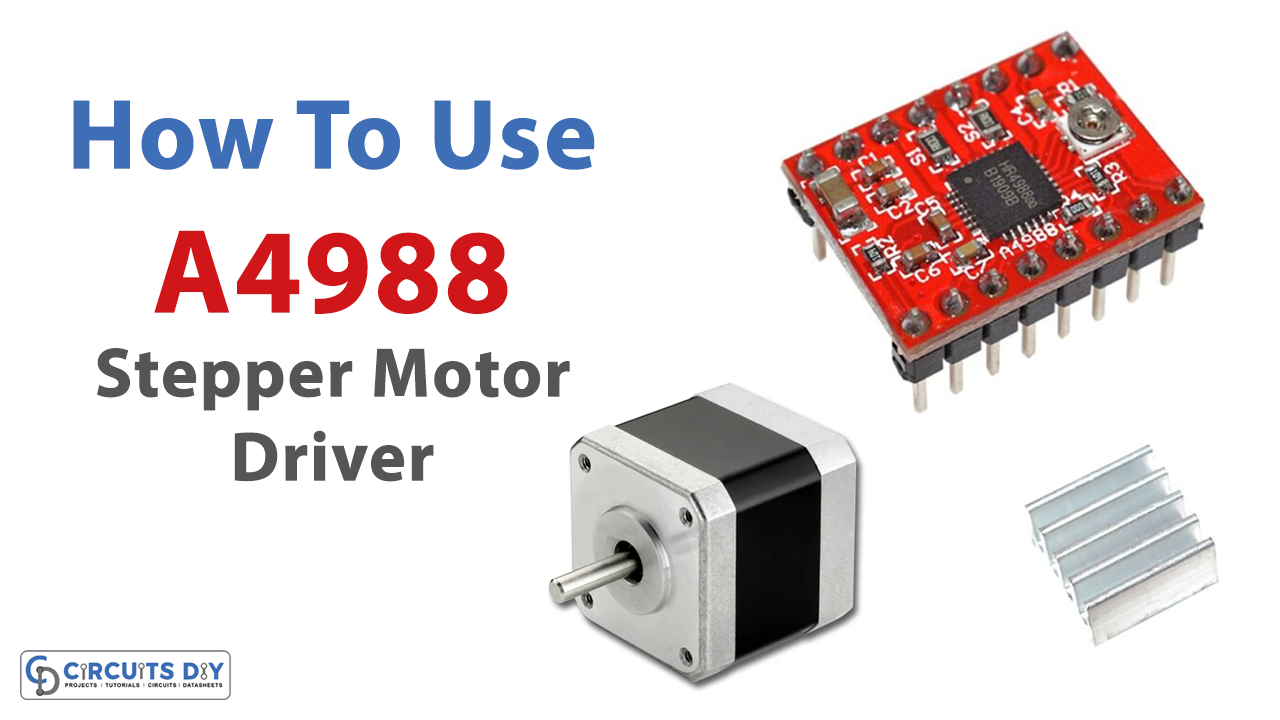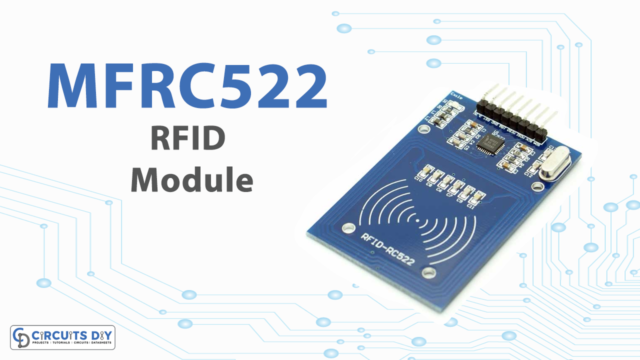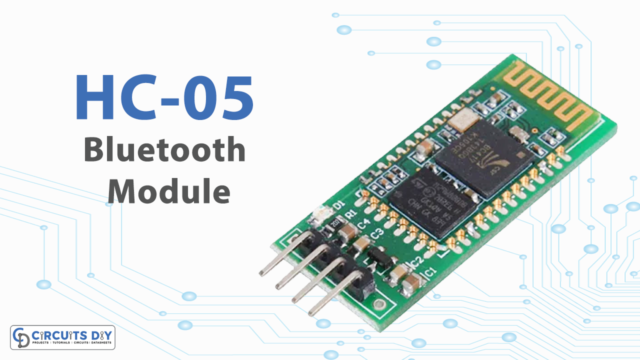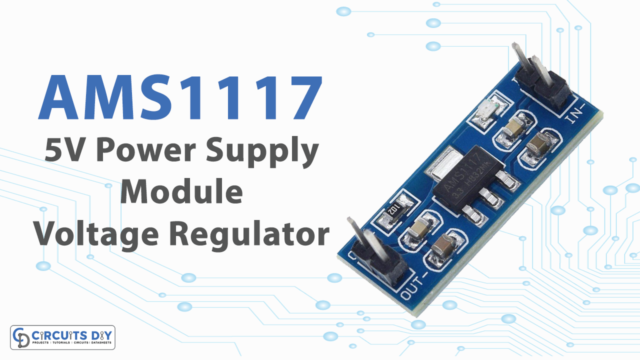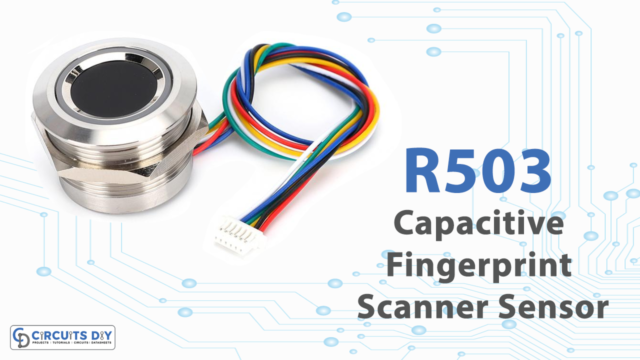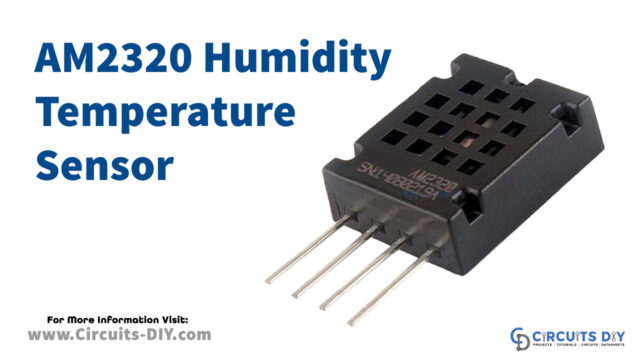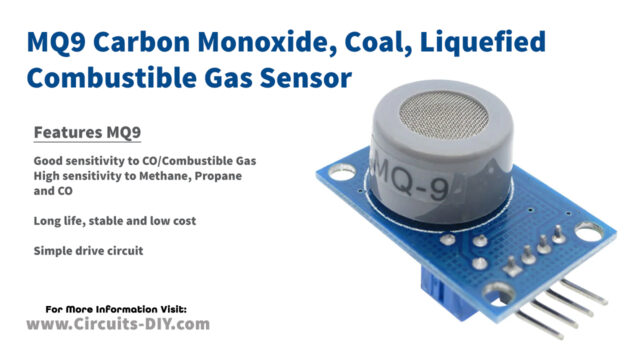Generally, robots use a variety of motor drivers to perform their tasks, such as DC motor drivers, servo motor drivers, and stepper motor drivers. The selection of motors depends on your application, and there are a variety of ways in which you can operate them.
What is a Stepper Motor Driver?
A stepper motor, also known as a step motor or stepping motor, is a brushless DC electric motor that divides a full rotation into a number of equal steps. The motor’s position can be commanded to move and hold at one of these steps without any position sensor for feedback (an open-loop controller), as long as the motor is correctly sized to the application with respect to torque and speed.
Stepper motor drivers enable accurate positioning with ease. Different types of equipment use them for accurate rotation angle and speed control. These motors are ideal for quick acceleration and response because they generate high torque and have a compact body. Moreover, stepper motor drivers are mechanically designed to maintain their position at the stop. A stepper motor solution includes a driver (which converts pulse signals into motor motion) and a stepper motor.
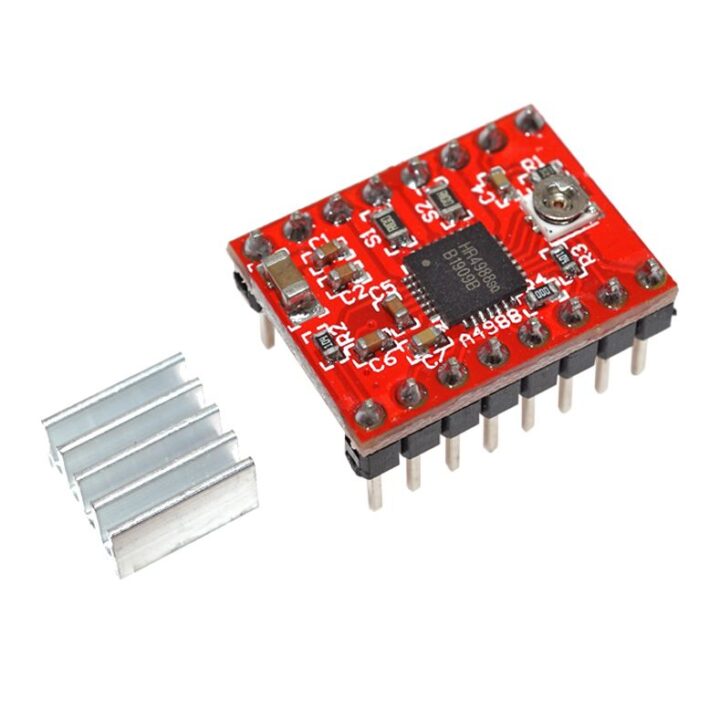
There are a variety of solutions available from Oriental Motor, including:
- AlphaStep Closed Loop Stepper Motor Drivers, 2-Phase Stepper Motor Drivers, 5-Phase Stepper Motor Drivers
- Geared, Encoder, and Electromagnetic Brake options
- AC or DC Input Stepper Motor Drivers
- Frame Sizes from 0.79 in. (20 mm) up to 3.54 in. (90 mm)
How Does the Stepper Motor Driver Work?
In order to function and produce output, stepper motor drivers require a separate source of input.
The motor is controlled by the following four signals:
- CLOCK: A clock signal controls the stepping process.
- RESET Restarts final level signals from a defined position.
- DIRECTION: Identifies the motor’s direction of rotation.
- HALF/ FULL: Select between full and half-step operations.
Simple stepper motor drivers can be powered by microcontrollers cheaply.
These drivers only require a few signals to operate, so this is sufficient. Step signals and direction signals are the first and second signals, respectively. In this case, the motor is told which direction to turn when the logic high +5V is reached. In the case of a low signal (GND), it goes the other way.
Typically, a full step requires two rectangular signals in quadrature. As a result, the motor will rotate clockwise or counterclockwise depending on the leading phase. This rotation is governed by the clock frequency, which controls the pulse on the line. GND and +5V are the two voltages that were mentioned earlier. In other words, the motor will go from one step position to another depending on the setting of the step resolution dip switches. As an example, if it is in full-step mode, a full step will be taken, and if the motor is in half-step mode, a half-step will be taken, and so on.
As a result of inertia, pulses must be ramped up and down to keep in sync with the magnetic field. Motors can stall if they are not maintained properly. For the motor to not stall, the ramp must also be smooth and have few movements.
How to Drive the Stepper Motor Driver?
A stepper motor driver usually accepts a step and direction signal as inputs. This means we need only two signals for each driver. Step signals resemble PWM signals and are used for making steps. Each pulse represents a step (or micro-step) taken by the stepper. A direction signal directs the stepper to turn in a particular direction (CW or CCW). A standard communication protocol such as MODBUS, USB, or I2C can be used to control stepper motor drivers in applications where stepper motor drivers are used independently.
Advantages and Disadvantages of Stepper Motor Drivers
Using a stepper motor gives you precise control: you can make it move through a defined angle. However, it does have some drawbacks as well. There are times when stepper motor drivers are quite jerky since each step is started and stopped suddenly, which isn’t always what you want when building a precision machine. A servo motor, which is a motor with an integrated feedback mechanism, is an alternative to a stepper motor. The rotor of a servo motor is typically equipped with an optical encoder. Basically, it’s a black-and-white disk that moves in front of a photoelectric cell. In an electronic circuit, the amount of rotation is calculated by detecting the black-and-white pattern on the disc as it rotates. As a result, the motor can be controlled more smoothly (and often with greater precision) than a simple stepper motor. The reason steppers are often used instead of servo motors is that servo motors are more sophisticated in design and more expensive.
What is the A4988 Stepper Motor Driver?
With an easy-to-use built-in translator, the A4988 is a comprehensive micro-stepping motor driver. This stepper motor controller operates bipolar stepper motor drivers in the full, half, quarter, eighth, and sixteenth-step modes with an output drive capacity of up to 35 V and 2 A.

The following are some of the key features of the driver:
- Simple step and direction control interface
- Five different step resolutions: full-step, half-step, quarter-step, eighth-step, and sixteenth-step
- Adjustable current control lets you set the maximum current output with a potentiometer, which lets you use voltages above your stepper motor’s rated voltage to achieve higher step rates
- Configured for mixed decay mode
- Over-temperature thermal shutdown, under-voltage lockout, and crossover-current protection
- Short-to-ground and shorted-load protection
What is the Use of A4988?
The A4988 is a bipolar micro-stepping driver with a built-in translator, which makes it simple to operate. In this case, the controller only requires two pins in order to control the stepper motor in terms of rotation direction and steps.
Conclusion
In this article, we discussed the working principle of the stepper motor driver, how to drive one, and its advantages and disadvantages. In addition, it explained how to use the A4988 stepper motor.
Click Here to get more details about Stepper Motor Driver.

